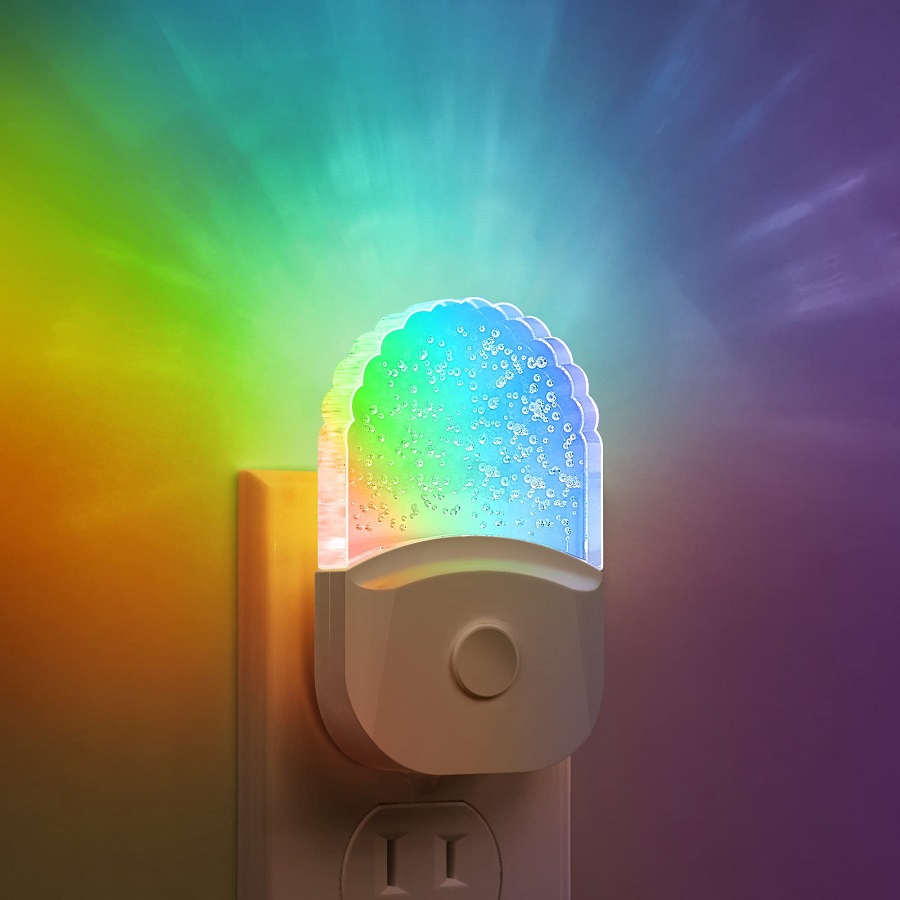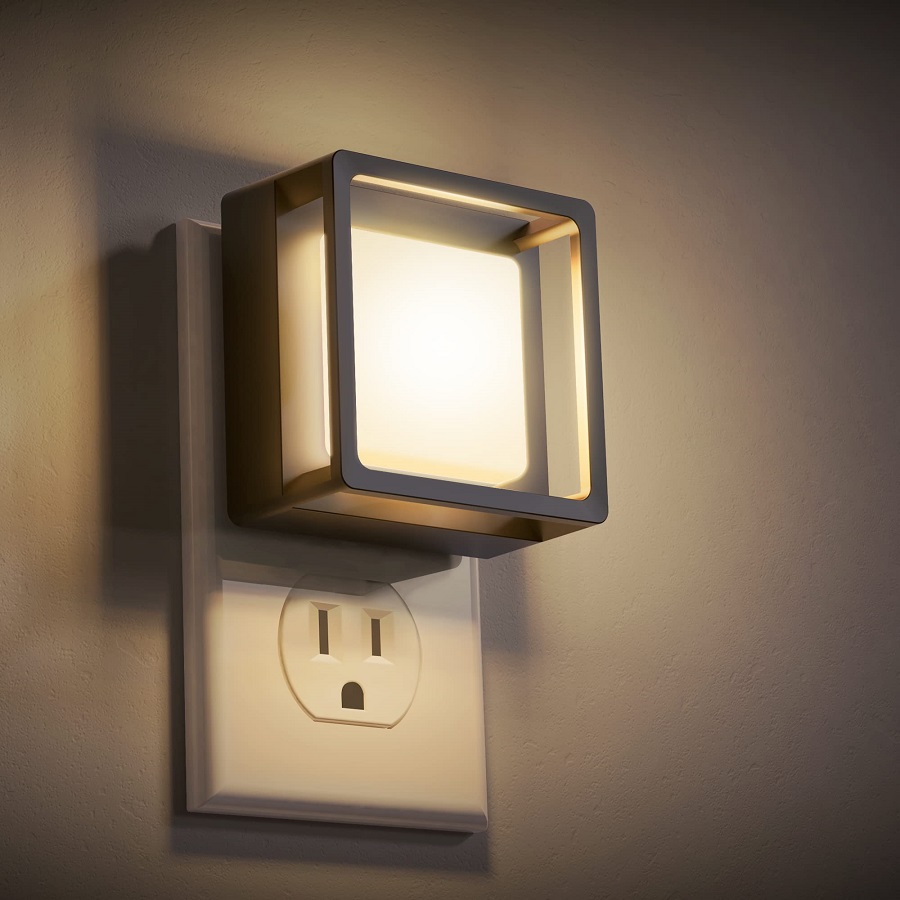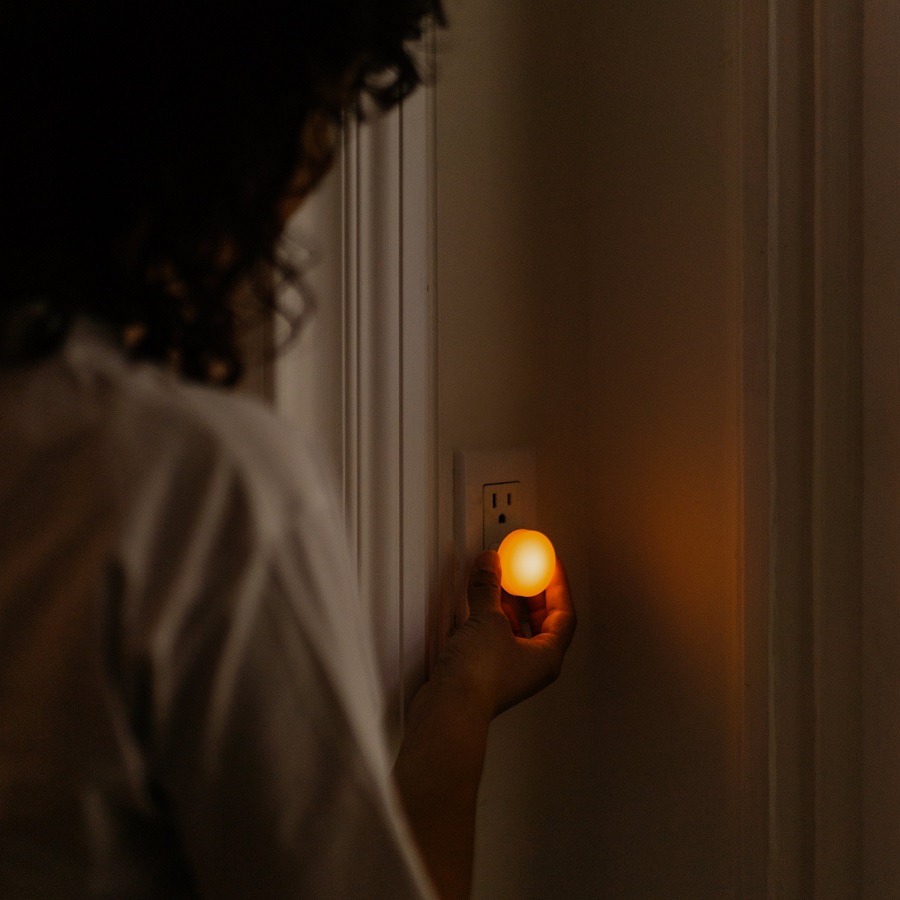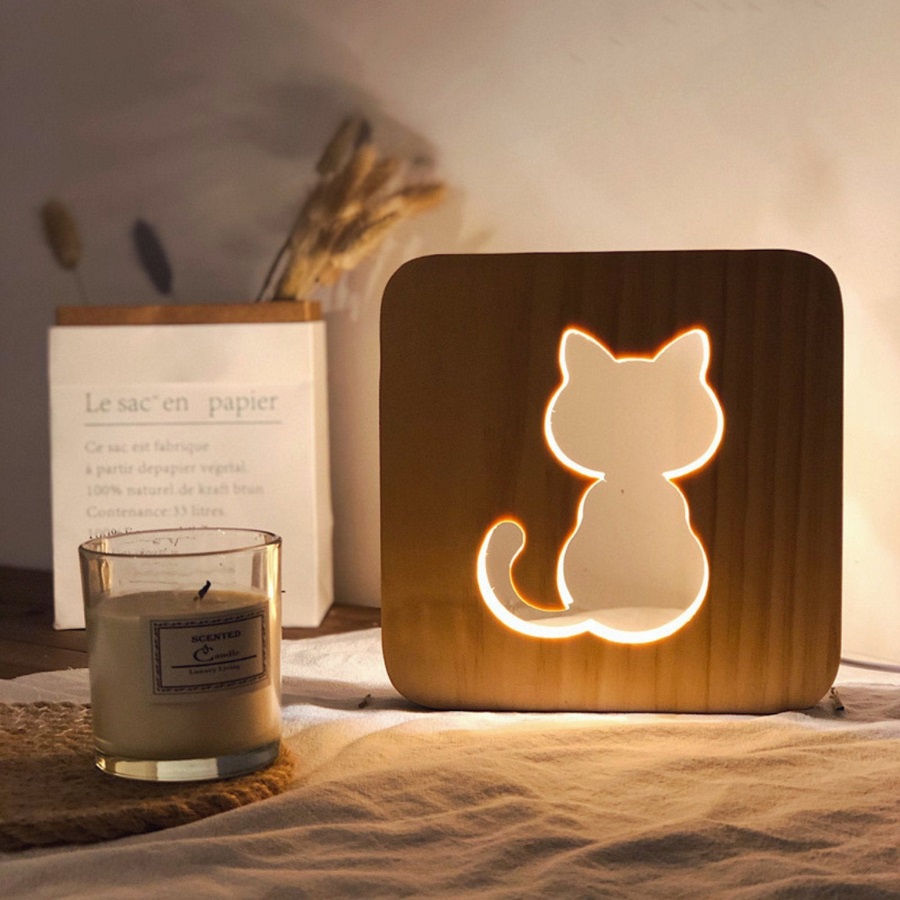Introduction
In our fast-paced world filled with artificial lighting and constant stimulation, achieving a peaceful night’s sleep can often feel like an elusive goal. However, one simple yet effective solution has emerged on the scene – night lights. These soft, ambient lights not only brighten our path during the early hours of the morning but also play a vital role in enhancing sleep quality. This article delves into the various ways night lights can contribute to better sleeping patterns and overall well-being.
The Psychology of Light and Sleep
Understanding the relationship between light and sleep begins with comprehension of our circadian rhythms. Our bodies have an internal clock influenced by natural light, which dictates our sleep-wake cycles. Bright, harsh lights signal our brain that it is time to be awake and alert, while softer light triggers the production of melatonin, the hormone that regulates sleep.
When exploring the colors of light, warm hues—such as amber, orange, and red—are often the most conducive to relaxation and sleep. These colors emit lower wavelengths, having a lesser impact on our circadian rhythms compared to cooler, blue-toned lights. Night lights that adopt these warmer tones can provide the perfect ambient glow to transition our minds and bodies into a restful state.
Reducing Anxiety and Creating a Comforting Environment
One of the most significant benefits of night lights is their ability to alleviate anxiety. Darkness can sometimes cause feelings of unease, especially in children or those with anxiety disorders. A gentle, soothing light can help individuals feel secure and comforted, leading to a more relaxed state of mind.
Parents often use night lights in children’s bedrooms as a remedy for fear of the dark. These little beacons not only help ease children into sleep but also provide parents with peace of mind, knowing that their child feels safe.
Minimizing Disruptions During Nighttime Awakening
Many adults and children wake up during the night, either due to natural disturbances, bathroom needs, or personal anxieties. Jumping from a deep sleep into total darkness can be jarring and disorienting, making it more challenging to fall back asleep. A night light offers a gentle glow that assists in creating a seamless transition from sleep to wakefulness, allowing individuals to navigate their surroundings without the glaring brightness that can disrupt sleep patterns.
By minimizing the brightness of ambient light, a night light can ensure that individuals maintain a subdued environment suited for restful sleep, even if they need to get up during the night.
Ideal for Sleep Training
For new parents, sleep training is often a significant part of establishing a healthy bedtime routine for their infants. Night lights can enhance this process by allowing caregivers to check on their babies without causing maximum disruption. Since many newborns are sensitive to light and darkness, a night light in their nursery provides just enough illumination to help soothe them during nighttime feedings and changes without fully waking them up.
The Health Benefits of Improved Sleep Quality
The enhancements to sleep quality facilitated by night lights extend beyond simple convenience or comfort; they have real implications for health. Quality sleep is essential for various bodily functions, including:
- Cognitive Function: Improved sleep quality fosters better memory retention, focus, and problem-solving skills.
- Emotional Well-being: A well-rested mind is more capable of handling stress and anxiety, promoting better emotional health.
- Physical Health: Good sleep supports various bodily functions, such as immune system recovery, weight management, and cardiovascular health.
- Hormonal Balance: Sleep plays a crucial role in regulating hormones related to stress, appetite, and growth.
By fostering an environment conducive to sleep, night lights create a cascade of positive health outcomes.
Selecting the Right Night Light
When choosing a night light for sleep enhancement, consider the following factors:
Brightness Levels
Select a night light with adjustable brightness settings, allowing for customization based on personal preference and the specific needs of the space.
Color Temperature
Opt for night lights that emit warm colors (preferably in the red-yellow spectrum) to maximize relaxation and minimize disruptions to circadian rhythms.
Design and Placement
Look for a design that complements your bedroom or child’s room decor. Additionally, consider the placement of the night light; it should be easily accessible but not placed at the direct line of sight to avoid unnecessary stimulation.
Timer Features
Some night lights come with timer features that automatically turn off after a certain period. This can be particularly helpful for children who may be prone to waking up during the night.
Understanding Night Lights
Night lights are small, low-wattage lamps often used to provide brief illumination during the night. They come in various shapes, sizes, and colors, some designed for aesthetics and others equipped with functionality. Typically, they emit a soft glow, which contrasts starkly with the overwhelming darkness of the night.
The Science of Light and Sleep
Light has a profound influence on human biology, especially our circadian rhythms—our internal clocks that regulate sleep-wake cycles. These rhythms are primarily governed by natural light exposure. When it’s dark, the body increases the production of melatonin, a hormone that promotes sleep. Conversely, exposure to bright light can inhibit melatonin production and disturb the sleep cycle.
Blue Light Impact: A particular concern in recent years is blue light emitted by screens and some fluorescent bulbs. Blue light has been shown to suppress melatonin more effectively than other wavelengths, making it crucial to be mindful of the types of light we expose ourselves to before bedtime.
 Benefits of Night Lights
Benefits of Night Lights
Reducing Fear and Anxiety
For young children, the transition to sleeping alone can produce anxiety and fear of the dark. A small, softly glowing night light can provide reassurance and a sense of security, helping to alleviate nighttime fears. According to various studies, children who sleep with a night light tend to have lower levels of nighttime anxiety, which can aid in better overall sleep quality.
Night lights serve a practical purpose in guiding individuals during nighttime routines. They illuminate pathways, minimizing the risk of stumbles and falls, particularly for elderly individuals who may have mobility challenges. Illuminating hallways and bathrooms can prevent injuries and promote safety.
Enhancing Sleep Quality
While too much light can disrupt sleep cycles, the right kind of gentle illumination can enhance sleep by fostering a tranquil environment. Warm-colored night lights, such as those emitting amber or soft white light, are less likely to affect melatonin levels significantly, thereby promoting restful sleep while reducing the fear of the dark for children.
Creating a Calming Atmosphere
Night lights can contribute to a serene ambiance conducive to sleep. This gentle light can help establish a bedtime routine, signaling to the brain that it’s time to wind down and prepare for sleep. Incorporating soothing colors and patterns can enhance relaxation and help individuals of all ages transition into sleep mode more effectively.
Aiding in Potty Training
For toddlers who are in the process of potty training, a night light in the bathroom can provide comfort and confidence in getting up during the night. It helps establish independence while alleviating fear, making the process smoother for both the child and the parents.
 Best Practices for Using Night Lights
Best Practices for Using Night Lights
While night lights can offer numerous benefits, it’s essential to use them correctly to maximize these advantages:
Choose the Right Color
Opt for warm colors, such as amber or soft yellow, which are less likely to disturb melatonin production than cool blue or white lights. This will help maintain a natural sleep cycle.
Position Wisely
Place night lights strategically to illuminate pathways without casting excessive light into the sleeping area. Night lights should enhance security rather than create an environment too bright for restful sleep.
Opt for Low-Wattage Options
Low-wattage bulbs, such as LED night lights, are energy-efficient and generate minimal heat. They offer soft illumination without flooding the room with light.
Use Timers or Sensors
Consider using night lights with timers or motion sensors to minimize light exposure. These features can turn the lights on only when necessary, encouraging a darker environment during deeper sleep phases.
Limit Usage
While night lights can be beneficial, it’s crucial to teach children to feel safe in the dark over time. Gradually reducing the intensity or usage of the night light can help ease the transition toward more comfortable darkness.
 Conclusion
Conclusion
In our quest for restorative sleep, night lights have proven to be small yet powerful tools. By creating a soothing glow, they foster an environment ripe for relaxation, comfort, and ultimately, better sleep quality. In an era where sleep-related challenges are increasingly prevalent, incorporating a night light into your routine can be a transformative step toward reclaiming your slumber. Whether you are a parent calming a restless child, a student burning the midnight oil, or simply someone seeking solace in the dark, a night light may just be the gentle guide you need to illuminate your path to peaceful nights and revitalizing mornings.



